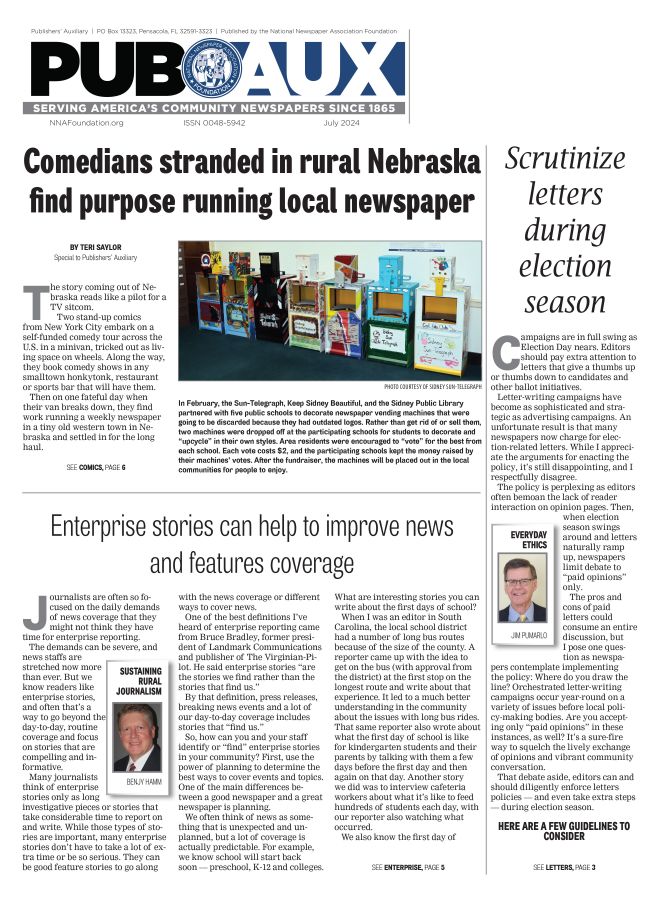Community papers need to get out the word on immigration programs
Jun 1, 2015
By Jack Witthaus
NNAF News Fellow | University of Missouri
Have you heard about immigration reform?
Maybe you have. But many, it appears, have not.
When talking with various immigration-related groups in Washington, an oft-repeated message was that the Deferred Action for Parental Accountability and Deferred Action for Childhood Arrivals programs would not benefit everyone they aim to help.
Conn Carroll, a former White House correspondent for Townhall.com, said that DAPA could affect 8 million people in the U.S. Unfortunately, Carroll said only 4 million people are expected to take advantage of this program.
So, about half of the people that DAPA could affect will completely miss out on its benefits? Fifty percent? How can that be possible in such a digitally connected world?
The problem of hearing about immigration reform doesn’t seem to affect bigger cities around the U.S. with large Hispanic populations. After leaving my Washington trip, I flew to Miami and got the chance to tour the Miami Herald. A significant part of the newsroom is dedicated to El Nuevo Herald, the company’s Spanish-language newspaper. Upon arriving in the office, shouts in English and Spanish (and translations between the two) were heard.
On El Nuevo’s website, a tab on “immigración” exists, keeping Spanish-speaking readers up-to-date on the latest immigration news around the U.S. Surely this means, readers of the newspaper and the website from the metropolitan area of Miami are well informed about the immigration programs.
Other Spanish-speaking newspapers in the U.S. tailor to the major metropolitan areas, as well. According to OnlineNewspapers.com, there are Spanish-speaking news organizations located in big cities from San Francisco to New York.
But what’s being done to get the word out about DAPA and DACA in areas with small populations that could be affected by these immigration programs? As a frequent consumer of local media in Columbia, MO, I have yet to see an article or TV report about them. Actually, I haven’t heard anything spoken in Spanish on any form of local media.
Part of the reason I probably don’t hear much about immigration programs has to do with where I live. According to the 2010 census, about 3.4 percent of people in Columbia call themselves Hispanic or Latino.
There might not be a market for Spanish-speaking media in Columbia. A local bilingual monthly magazine, Adelante!, folded after a few years of publication. The off-spin radio program no longer exists either.
It seems that areas where smaller populations of people who could be affected by DAPA and DACA will probably not hear about these new programs. Spanish-speaking news outlets lack presence in these areas because of the less dense Hispanic population.
These small Spanish-speaking communities are in most geographic areas around the U.S., and added up they make up a significant number of people. Perhaps, 4 million people?
Community media outlets in areas without large Hispanic populations need to do their part in keeping this segment informed about changes in immigration policy. Perhaps these media outlets could find sponsors to to help pay for small information packets, especially if public resources are lacking.
After all, a community newspaper is for everyone in the community. And, who knows, maybe these publications could help develop more permanent ways to interact and connect with this group of people.







